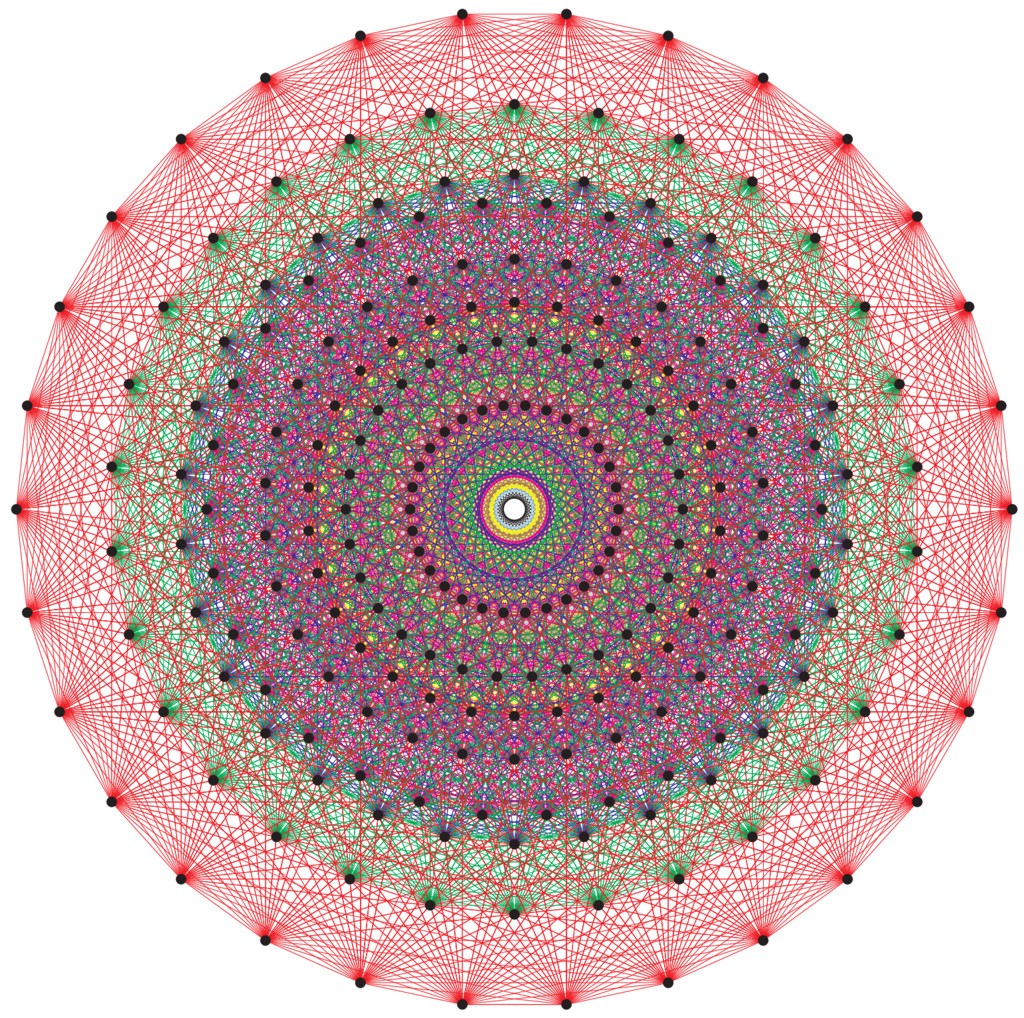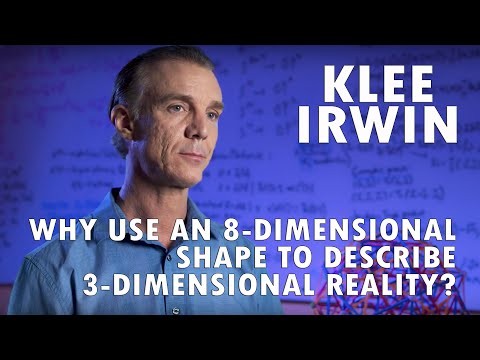syn·site
in Robert Smithson's terms*: (a partially generated and generative theory) The Synsite (an entangled situating) is an inter-dimensional picture that is amorphous, and yet it represents an interweaving of actual and virtual sites (an amalgamation of the Pine Barrens Plains, ML-scene processing, and the hyper-saturated yellow-green of a pool of disintegrated oak pollen, for instance). It is by this inter-dimensional metaphor that one entangled situating can represent another entangled situating, which does not resemble it—thus The Synsite. To comprehend this language of situating is to appreciate the metaphor between the syntactical construct and the complex of ideas, permitting the former to operate as a inter-dimensional picture that doesn't look like a picture. ... Between the actual-virtual sites in their respective planes and The Synsite itself exists a metaphoric space of collapsible significance. Perhaps "travel" through this space is a boundless metaphor. Everything in and between the entangled situatings could transform into physical metaphorical material devoid of natural meanings or realistic assumptions. Let us say that one embarks on many fictitious journeys at once if one decides to seek the site of the Synsite. Each “journey” is invented, devised, artificial; one might call it a syn-trip to a site from a Synsite. Once one arrives at the “assembly,” one discovers that it is man-made in the form of a network, and that she mapped this network in an aesthetic and temporal entanglement rather than specific political or economic boundaries.
This revisited theory is currently collaborative but could be surrendered to the faceless corpus of AGI at any time. Like the sources they scrape, theories are also both used and abandoned. That theories are constant is dubious; that sources are singularly credited is increasingly doubtful. Vanished theories compose the dense data layers of countless LLMs.
in Robert Smithson's terms*: (a partially generated and generative theory) The Synsite (an entangled situating) is an inter-dimensional picture that is amorphous, and yet it represents an interweaving of actual and virtual sites (an amalgamation of the Pine Barrens Plains, ML-scene processing, and the hyper-saturated yellow-green of a pool of disintegrated oak pollen, for instance). It is by this inter-dimensional metaphor that one entangled situating can represent another entangled situating, which does not resemble it—thus The Synsite. To comprehend this language of situating is to appreciate the metaphor between the syntactical construct and the complex of ideas, permitting the former to operate as a inter-dimensional picture that doesn't look like a picture. ... Between the actual-virtual sites in their respective planes and The Synsite itself exists a metaphoric space of collapsible significance. Perhaps "travel" through this space is a boundless metaphor. Everything in and between the entangled situatings could transform into physical metaphorical material devoid of natural meanings or realistic assumptions. Let us say that one embarks on many fictitious journeys at once if one decides to seek the site of the Synsite. Each “journey” is invented, devised, artificial; one might call it a syn-trip to a site from a Synsite. Once one arrives at the “assembly,” one discovers that it is man-made in the form of a network, and that she mapped this network in an aesthetic and temporal entanglement rather than specific political or economic boundaries.
This revisited theory is currently collaborative but could be surrendered to the faceless corpus of AGI at any time. Like the sources they scrape, theories are also both used and abandoned. That theories are constant is dubious; that sources are singularly credited is increasingly doubtful. Vanished theories compose the dense data layers of countless LLMs.
SYN (along with, at the same time | from Greek SYN, with | ~SYNTHETIC) + SITE (N: point of event, occupied space, internet address; V: to place in position | from Latin SITUS, location, idleness, forgetfulness | ~WEBSITE ¬cite ¬sight), cf. SITE/NON-SITE (from Robert Smithson, A PROVISIONAL THEORY OF NONSITES, 1968)
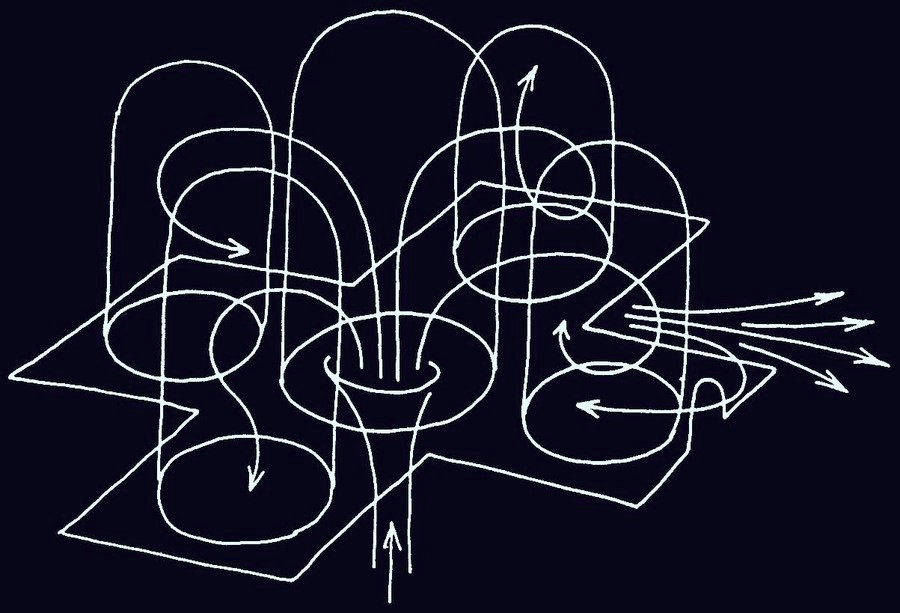


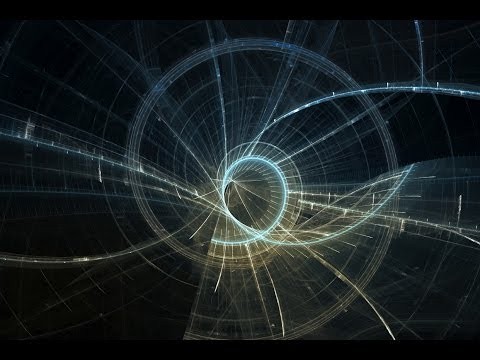


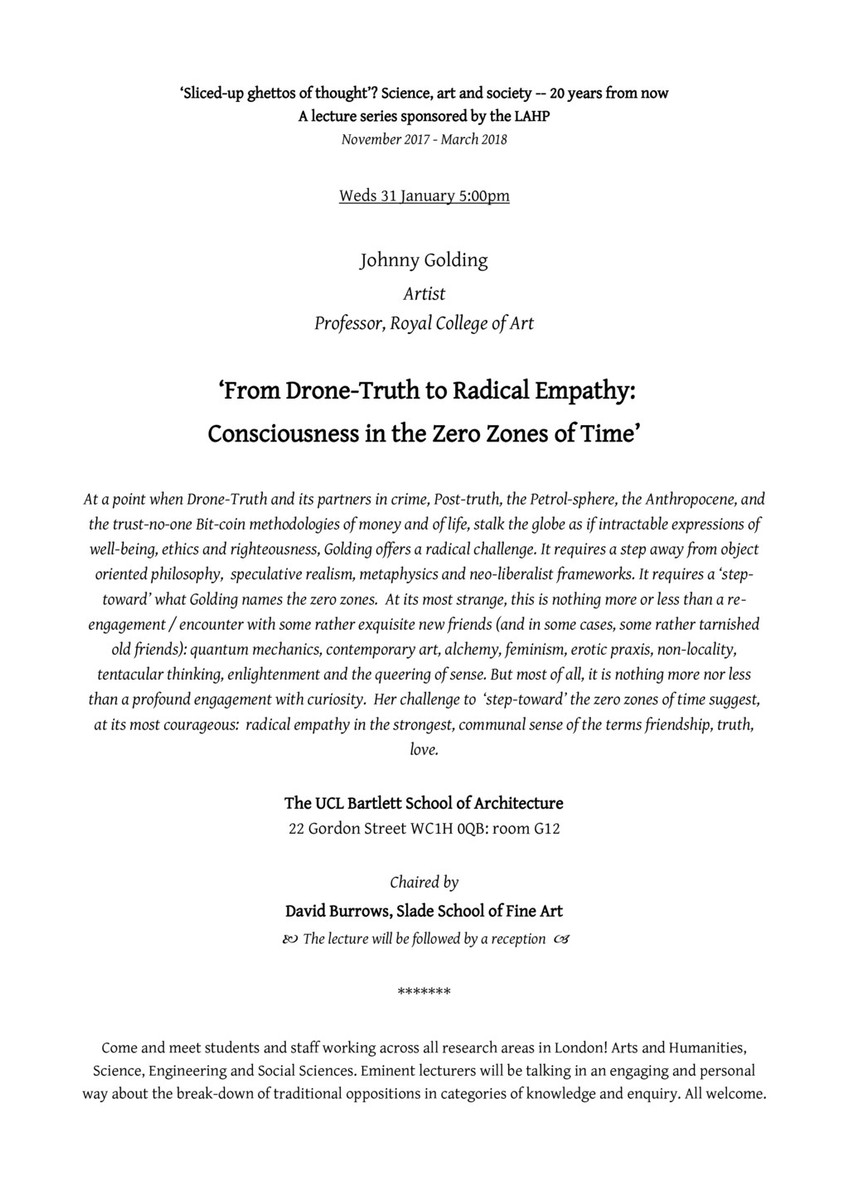


“Glitch” is conjectured as finding its etymological roots in the Yiddish glitch (“slippery area”) or perhaps German glitschen (“to slip, slide”); it is this slip and slide that the glitch makes plausible, a swim in the liminal, a trans-formation, across selfdoms.
“Glitch” is conjectured as finding its etymological roots in the Yiddish glitch (“slippery area”) or perhaps German glitschen (“to slip, slide”); it is this slip and slide that the glitch makes plausible, a swim in the liminal, a trans-formation, across selfdoms.
“Glitch” is conjectured as finding its etymological roots in the Yiddish glitch (“slippery area”) or perhaps German glitschen (“to slip, slide”); it is this slip and slide that the glitch makes plausible, a swim in the liminal, a trans-formation, across selfdoms.
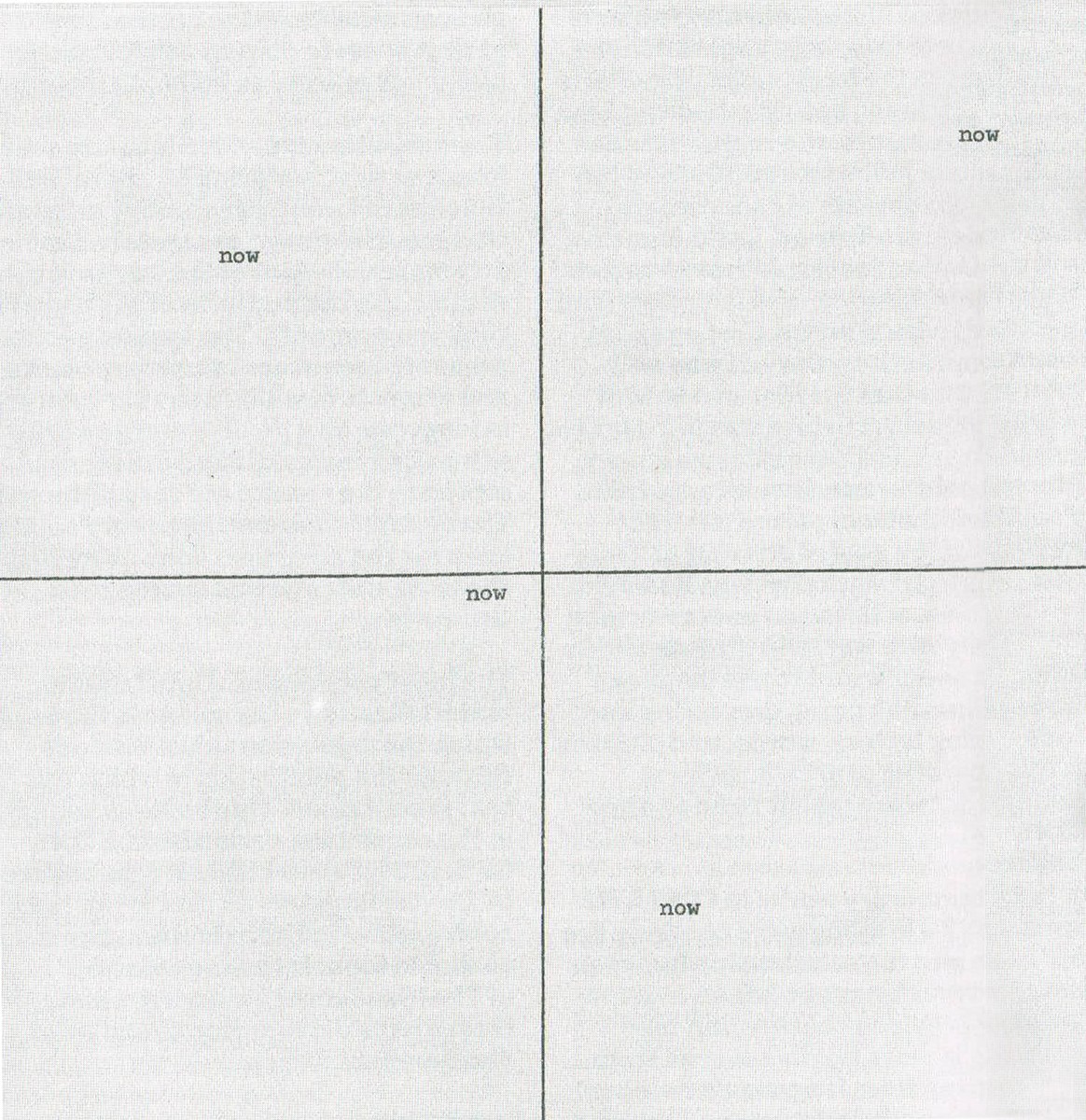


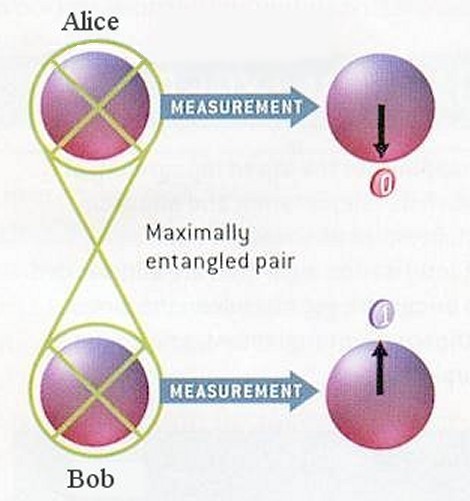





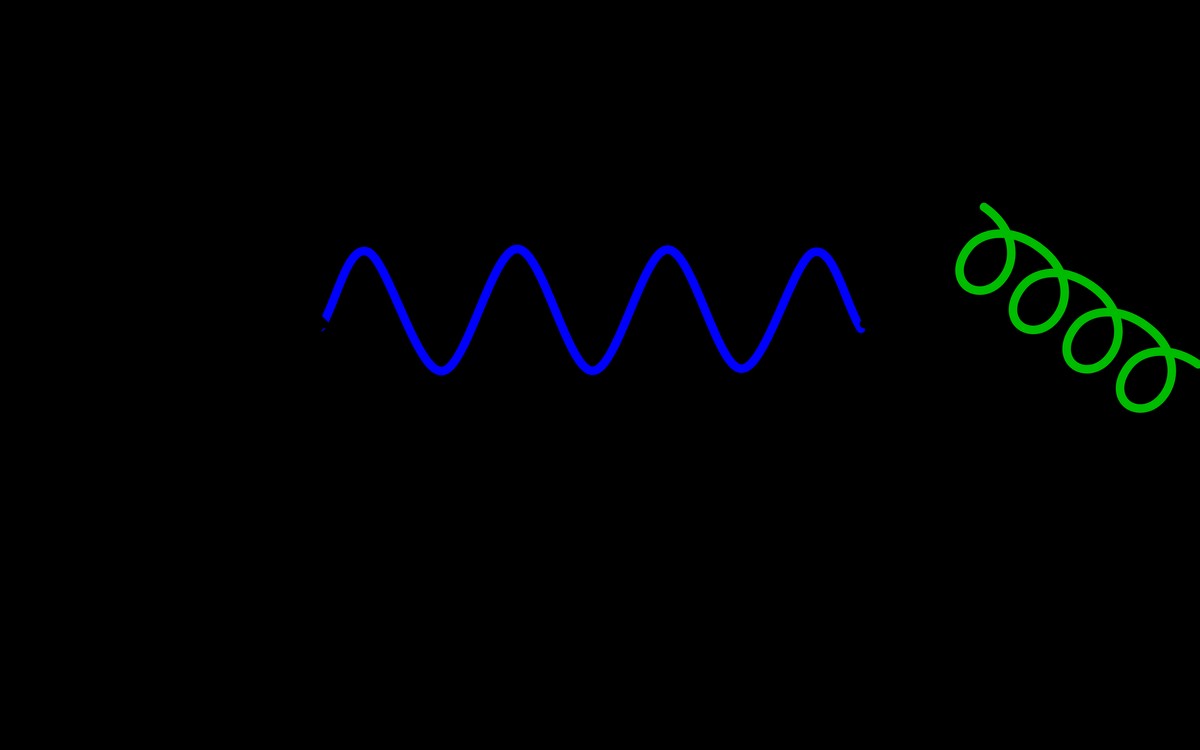


Sanko-time is a concept developed by [Larry Achiampong] that relates to the Ghanaian Twi word Sankofa, which roughly translates as ‘to go back for what has been left behind’ and alludes to using the past to prepare for the future. [...] Sanko-time takes the listener through a rich soundscape connected by the Greenwich Meridian.
Threaded with a powerful narrative about the legacy of colonialism from Achiampong, Sanko-time is a hypnotic synthesis of poetry, field recordings and music, including drum loops by the late Tony Allen an Afrobeat pioneer who brought together elements of Ghanaian Highlife and Jazz. The work is infused with the sounds and rhythms of Accra and London, including the lapping waves of Jamestown (the fishing harbour in Accra) and the water of the Royal Docks, as well as the street sounds of Accra’s Makola Market. The tides and empires explored in Sanko-time rise and fall to reveal the imprints of histories and the colonial past in our present.
Sanko-time is a concept developed by [Larry Achiampong] that relates to the Ghanaian Twi word Sankofa, which roughly translates as ‘to go back for what has been left behind’ and alludes to using the past to prepare for the future. [...] Sanko-time takes the listener through a rich soundscape connected by the Greenwich Meridian.
Threaded with a powerful narrative about the legacy of colonialism from Achiampong, Sanko-time is a hypnotic synthesis of poetry, field recordings and music, including drum loops by the late Tony Allen an Afrobeat pioneer who brought together elements of Ghanaian Highlife and Jazz. The work is infused with the sounds and rhythms of Accra and London, including the lapping waves of Jamestown (the fishing harbour in Accra) and the water of the Royal Docks, as well as the street sounds of Accra’s Makola Market. The tides and empires explored in Sanko-time rise and fall to reveal the imprints of histories and the colonial past in our present.
Sanko-time is a concept developed by [Larry Achiampong] that relates to the Ghanaian Twi word Sankofa, which roughly translates as ‘to go back for what has been left behind’ and alludes to using the past to prepare for the future. [...] Sanko-time takes the listener through a rich soundscape connected by the Greenwich Meridian.
Threaded with a powerful narrative about the legacy of colonialism from Achiampong, Sanko-time is a hypnotic synthesis of poetry, field recordings and music, including drum loops by the late Tony Allen an Afrobeat pioneer who brought together elements of Ghanaian Highlife and Jazz. The work is infused with the sounds and rhythms of Accra and London, including the lapping waves of Jamestown (the fishing harbour in Accra) and the water of the Royal Docks, as well as the street sounds of Accra’s Makola Market. The tides and empires explored in Sanko-time rise and fall to reveal the imprints of histories and the colonial past in our present.
